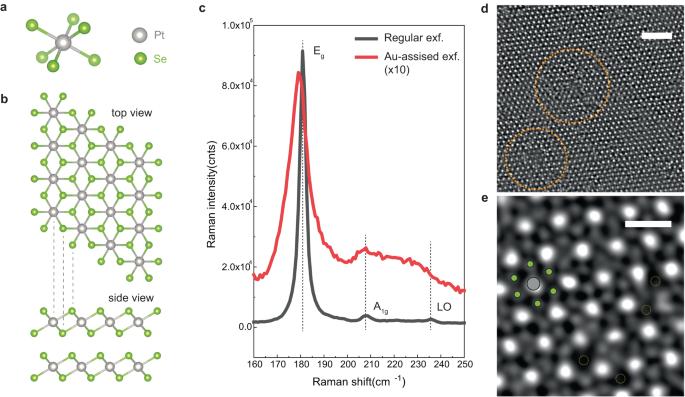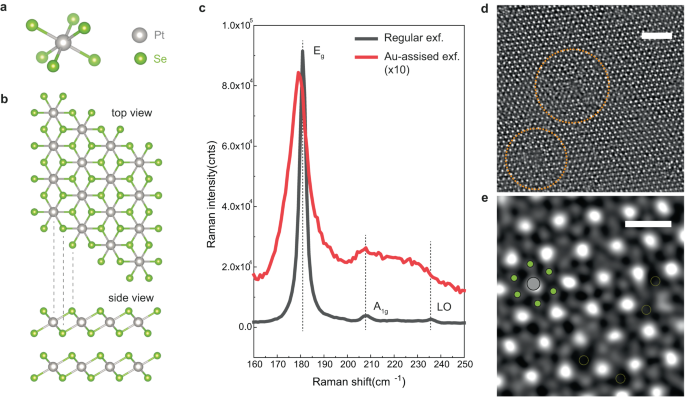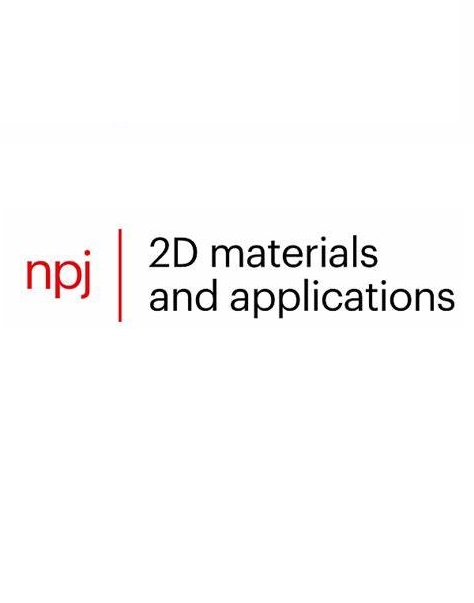中心对称范德华材料的无序诱导体光伏效应
IF 8.8
2区 材料科学
Q1 MATERIALS SCIENCE, MULTIDISCIPLINARY
引用次数: 0
摘要
阳光被广泛认为是最丰富的可再生能源之一,基于pn结的光伏电池是最常用的平台,试图利用它。与传统光伏电池不同,大块光伏效应(BPVE)允许在单一材料中产生光电流和光电压,而无需设计pn结并创建内置电场,从而提供了一种可能超过Shockley-Queisser效率限制的解决方案。然而,它需要一种不具有反转对称性的材料,因此在中心对称材料中不存在。在这里,我们证明了通过结构无序打破反转对称可以在超薄中心对称半导体范德华材料PtSe2中诱导BPVE。线性偏振光和圆偏振光均匀照射缺陷PtSe2会产生线性光电效应(LPGE)和圆形光电效应(CPGE),这在原始晶体中是不存在的。第一性原理计算表明,LPGE起源于硒空位,这些空位作为光产生的电子-空穴对的不对称散射中心。我们的工作强调了缺陷在中心对称材料中诱导光伏功能的重要性,并展示了如何扩展适合于光传感和能量收集应用的材料范围。本文章由计算机程序翻译,如有差异,请以英文原文为准。


Disorder-induced bulk photovoltaic effect in a centrosymmetric van der Waals material
Sunlight is widely seen as one of the most abundant forms of renewable energy, with photovoltaic cells based on pn junctions being the most commonly used platform attempting to harness it. Unlike in conventional photovoltaic cells, the bulk photovoltaic effect (BPVE) allows for the generation of photocurrent and photovoltage in a single material without the need to engineer a pn junction and create a built-in electric field, thus offering a solution that can potentially exceed the Shockley–Queisser efficiency limit. However, it requires a material with no inversion symmetry and is therefore absent in centrosymmetric materials. Here, we demonstrate that breaking the inversion symmetry by structural disorder can induce BPVE in ultrathin PtSe2, a centrosymmetric semiconducting van der Waals material. Homogenous illumination of defective PtSe2 by linearly and circularly polarized light results in a photoresponse termed as linear photogalvanic effect (LPGE) and circular photogalvanic effect (CPGE), which is mostly absent in the pristine crystal. First-principles calculations reveal that LPGE originates from Se vacancies that act as asymmetric scattering centers for the photo-generated electron-hole pairs. Our work emphasizes the importance of defects to induce photovoltaic functionality in centrosymmetric materials and shows how the range of materials suitable for light sensing and energy-harvesting applications can be extended.
求助全文
通过发布文献求助,成功后即可免费获取论文全文。
去求助
来源期刊

npj 2D Materials and Applications
Engineering-Mechanics of Materials
CiteScore
14.50
自引率
2.10%
发文量
80
审稿时长
15 weeks
期刊介绍:
npj 2D Materials and Applications publishes papers on the fundamental behavior, synthesis, properties and applications of existing and emerging 2D materials. By selecting papers with the potential for impact, the journal aims to facilitate the transfer of the research of 2D materials into wide-ranging applications.
 求助内容:
求助内容: 应助结果提醒方式:
应助结果提醒方式:


